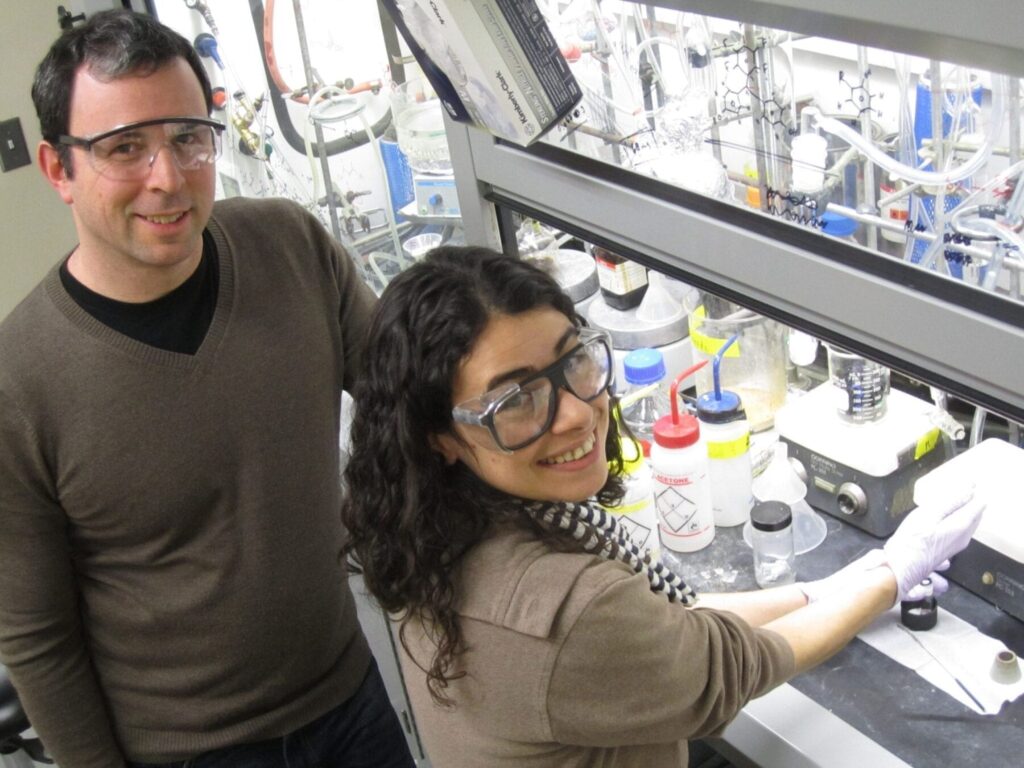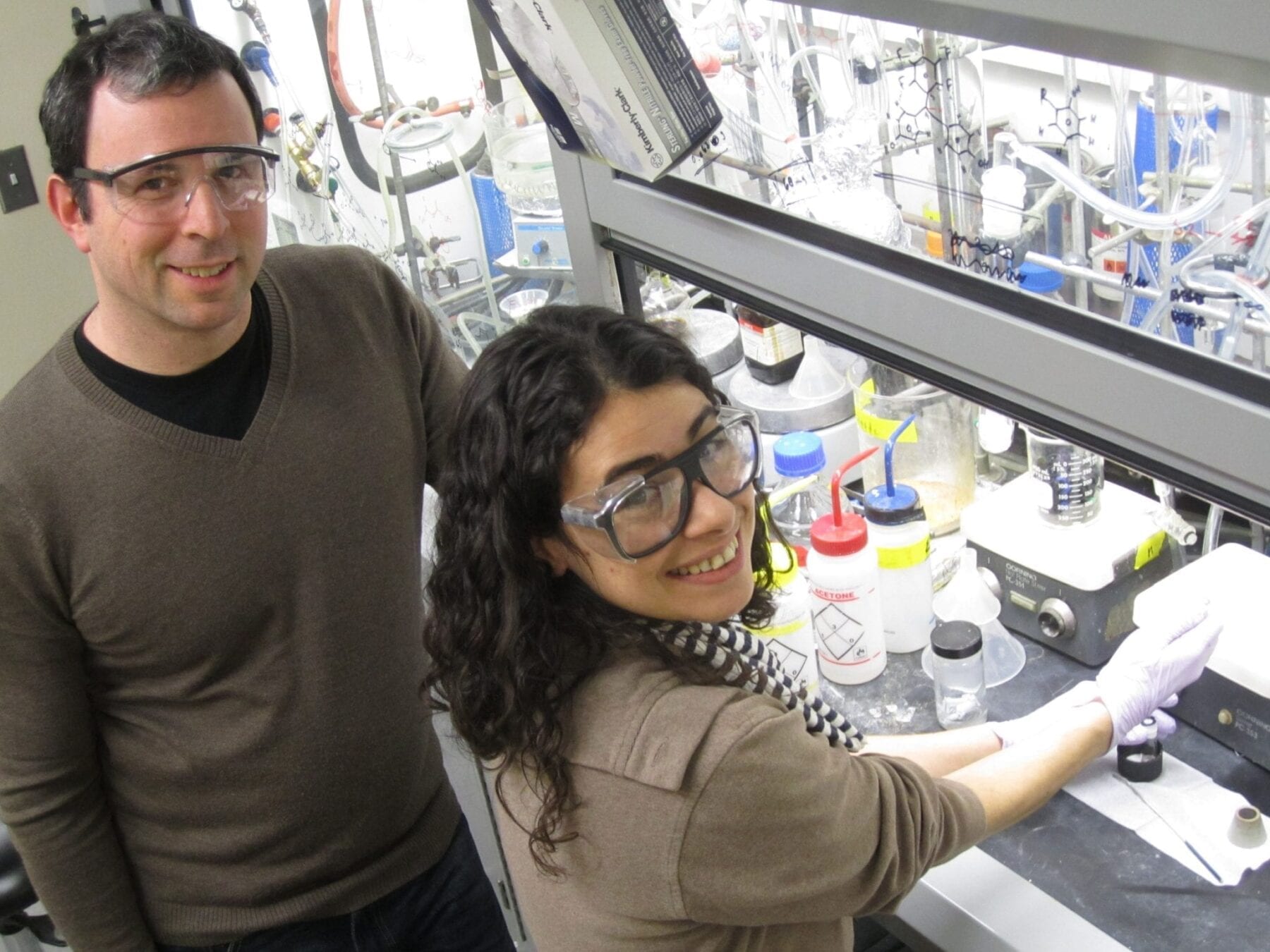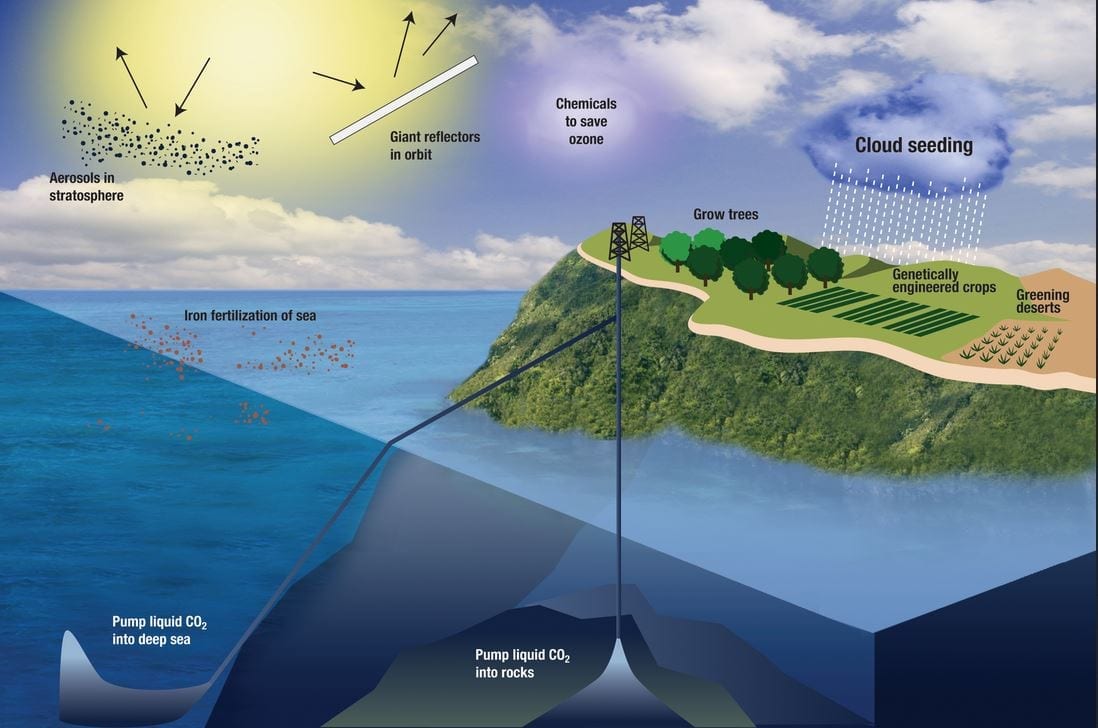
Photo Credit: Lee J. Siegel / University of Utah
It’s hard to overstate the value of catalysts
UNIVERSITY OF UTAH SCIENTISTS HAVE TAKEN A BIG STEP TOWARD THE RATIONAL DESIGN OF CATALYSTS, SOUGHT-AFTER MATERIALS THAT EXPEDITE CHEMICAL REACTIONS WITHOUT BEING CONSUMED.
Most of our food, medicine, fuel, plastics and synthetic fibers wouldn’t exist without catalysts, materials that open favorable pathways for chemical reactions to run forth. And yet chemists don’t fully understand how most catalysts work, and developing new catalysts often still depends on laborious trial-and-error.
But in a new study appearing in the journal Science, University of Utah chemists captured enough data on the crucial steps in a reaction to accurately predict the structures of the most efficient catalysts, those that would speed the process with the least amount of unwanted byproducts.
“We can pretty much predict the performance of any catalyst and substrate within this reaction space,” says senior author Matthew Sigman, a professor of chemistry at the University of Utah.
The new approach could help chemists design catalysts that are not just incrementally better, but entirely new, Sigman says. With a clearer understanding of the forces at play as molecules cling and shape-shift together, chemists might be able to take advantage of interactions now regarded as unimportant or impossible to control.
“Now we can go in and find out what is important to us, which is why things work,” says postdoctoral researcher Anat Milo, the study’s first author. “That is going to be absolutely essential for developing next-generation catalysts.” Milo and Sigman conducted the research with Andrew Neel and F. Dean Toste of the University of California at Berkeley.
High value targets
It’s hard to overstate the value of catalysts. By one estimate, over a third of global economic output depends on catalytic processes. Efforts to reduce the waste stream from chemical manufacturing hinge on the invention of better catalysts, as do renewable energy technologies such as fuel cells and artificial photosynthesis.
Read more: Better catalysts, made-to-order
The Latest on: Catalysts
[google_news title=”” keyword=”Catalysts” num_posts=”10″ blurb_length=”0″ show_thumb=”left”]
via Google News
The Latest on: Catalysts
- Bitcoin Grinds Lower: Catalysts Traders Will Watch For Their Next Moveson April 30, 2024 at 4:00 pm
From 560x returns in 2013 to just 4-5x in 2024, Bitcoin's profitability has sharply declined, necessitating strategic market timing. Regulatory changes and macroeconomic factors, including ETF ...
- ON Semiconductor Set for Growth: Analysts Cite SiC and Auto Market Stability As Catalystson April 30, 2024 at 2:32 pm
Benchmark analyst David Williams maintained ON Semiconductor Inc (NASDAQ:ON) with a Buy and lowered the price target from $88 to $80. While ON’s results were better than feared, with stabilization in ...
- ASX medtechs poised to transform healthcare with upcoming catalysts in 2024 – Part 2on April 30, 2024 at 12:50 pm
In 2024 several ASX medtech companies have upcoming catalysts as they strive to innovate healthcare including EBR Systems (ASX:EBR). ... Read More The post ASX medtechs poised to transform healthcare ...
- Karyopharm Therapeutics: Spiraling Despite Upcoming Catalystson April 30, 2024 at 11:28 am
Karyopharm Therapeutics Inc.'s selinexor is making waves at ASCO, with potential benefits in myelofibrosis. Click here to read my KPTI stock update.
- Harnessing Hydrogen: Unveiling Platinum’s Role in Clean Energy Catalystson April 30, 2024 at 10:23 am
Researchers elucidate mechanisms for controlling the surface oxidation processes that affect the performance of platinum catalysts in alkaline media. Platinum (Pt) electrodes are crucial for clean ...
- The Role of Earth-Abundant Catalysts in Making Green Hydrogen Even Cleaneron April 30, 2024 at 9:00 am
In the relentless quest for sustainable and green energy solutions, a groundbreaking discovery by researchers led by Ryuhei Nakamura from the RIKEN Center for S ...
- Buy Rating Affirmed for GAC on Strong Q1 Performance and Growth Catalystson April 30, 2024 at 12:05 am
Ji Shi, an analyst from CMB International Securities, maintained the Buy rating on Guangzhou Automobile Group Co (GNZUF – Research ...
- Gilead Sciences: Hold Rating Justified Amid Stable Outlook and Upcoming Oncology Catalystson April 29, 2024 at 9:55 pm
Analyst Salveen Richter of Goldman Sachs maintained a Hold rating on Gilead Sciences (GILD – Research Report), with a price target of $73.00. Salveen Richter has given his Hold rating due to a ...
- Immatics: Big Pharma Partners, Intriguing Catalysts Make Buy Caseon April 27, 2024 at 7:32 am
German biotech Immatics has two major data readouts due 2H24, and a pivotal study initiation in melanoma - the risk reward is attractive. Explore more here.
- Researchers produce thinnest sheet of metal ever using a 100-year old Japanese technique — Goldene could pave way for super catalysts, ultra high density optical storage and ...on April 25, 2024 at 9:31 pm
Shun Kashiwaya, a researcher at the Materials Design Division at LiU, explains, "If you make a material extremely thin, something extraordinary happens. As with Graphene, the same thing happens with ...
via Bing News











